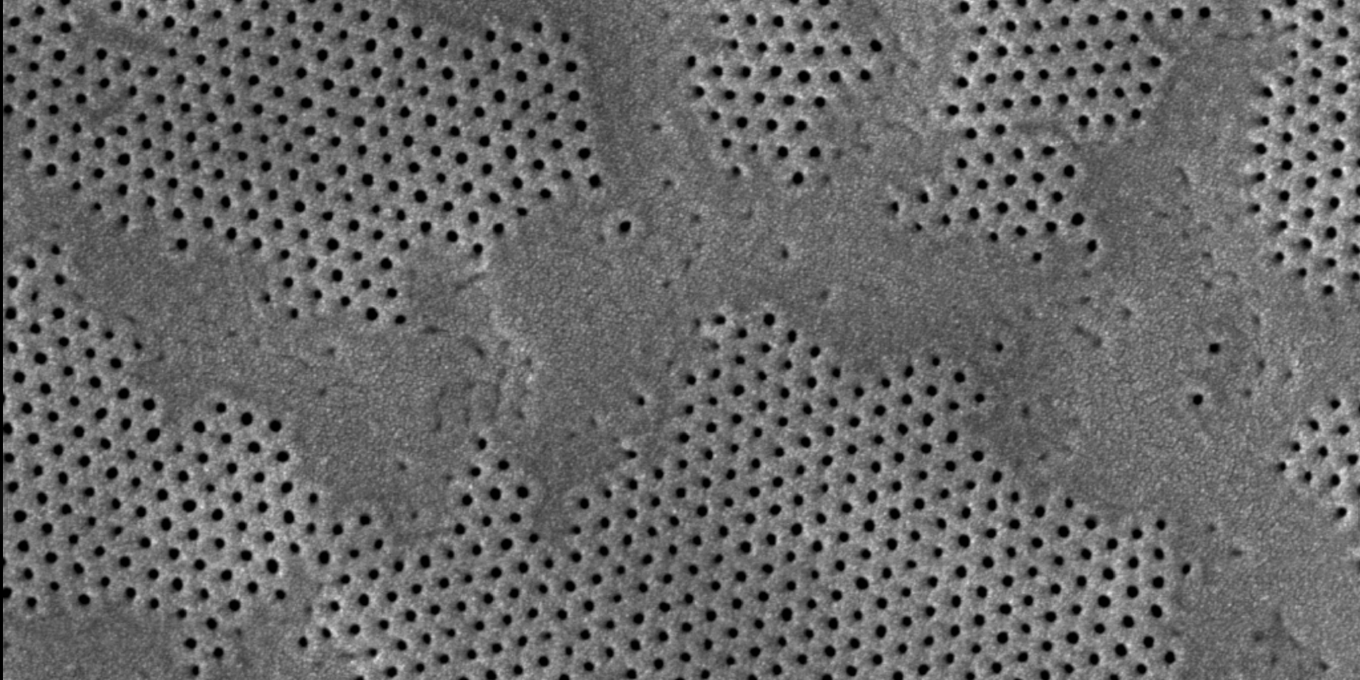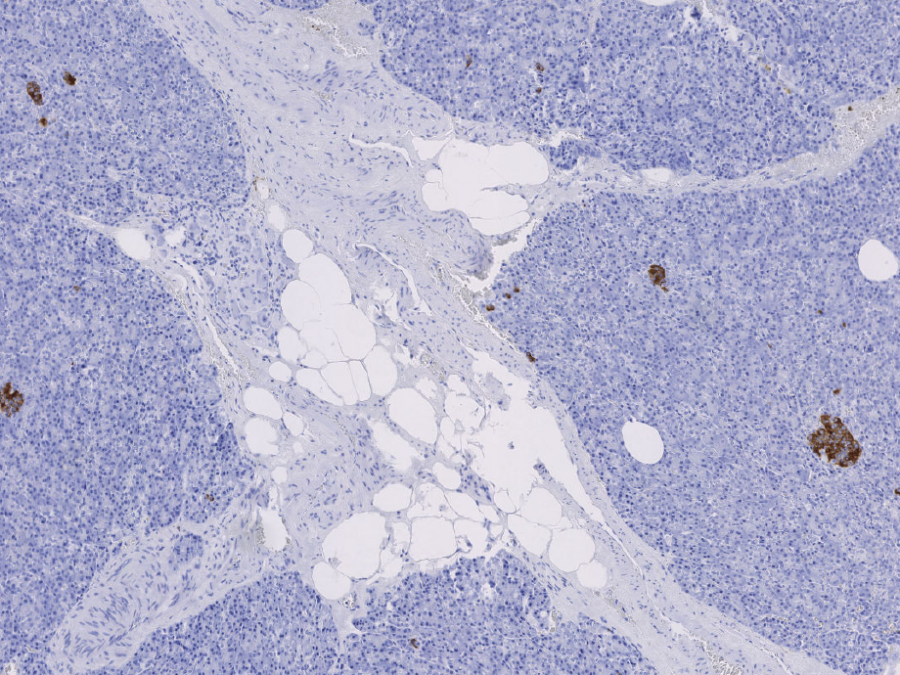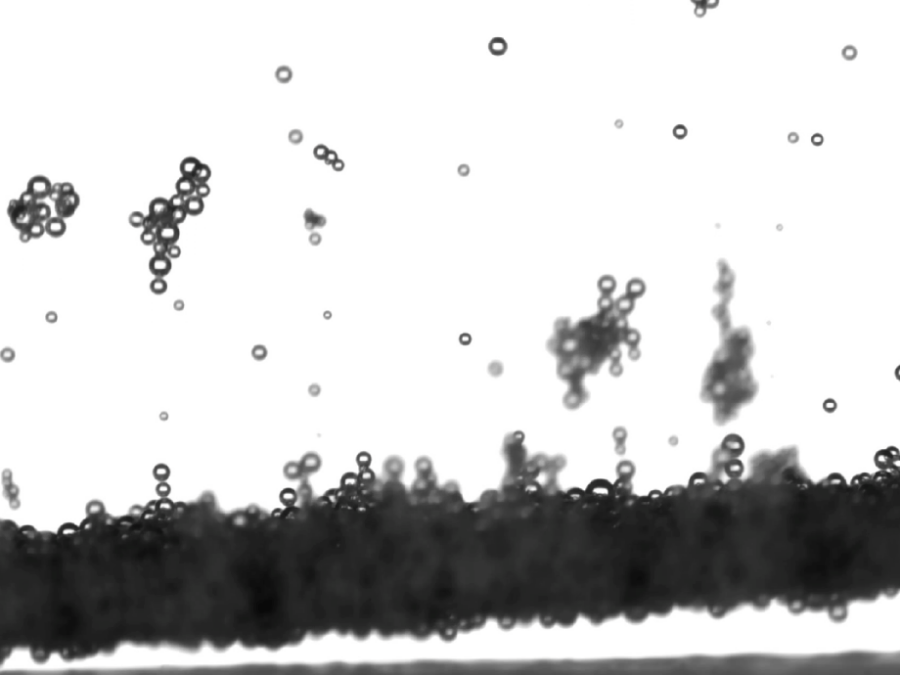Connecting membrane pores and production parameters via machine learning (COMPUTING)

Isoporous block-copolymer membranes play a fundamental role in the filtration of liquids and can, for example, be used to purify drinking water. Despite recent progress in understanding the membrane formation process, finding suitable production parameters for a given precursor material (such as polymers of a certain length) still occurs in a trial-and-error fashion, wasting materials, time and polluting the environment. This project aims at elucidating the relationship between membrane properties and the production parameters & materials used. To this end, we develop an image analysis pipeline to automatically extract relevant membrane characteristics from our existing database. We then relate the characteristics with the known production parameters and precursor material characteristics, with the goal of obtaining an explainable AI model that can both elucidate new insights into the membrane formation process as well as streamline the production process, unlocking the ability to quickly produce membranes with precisely controlled morphologies.


